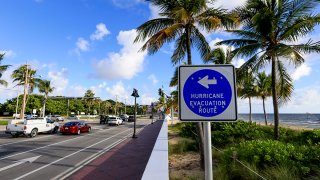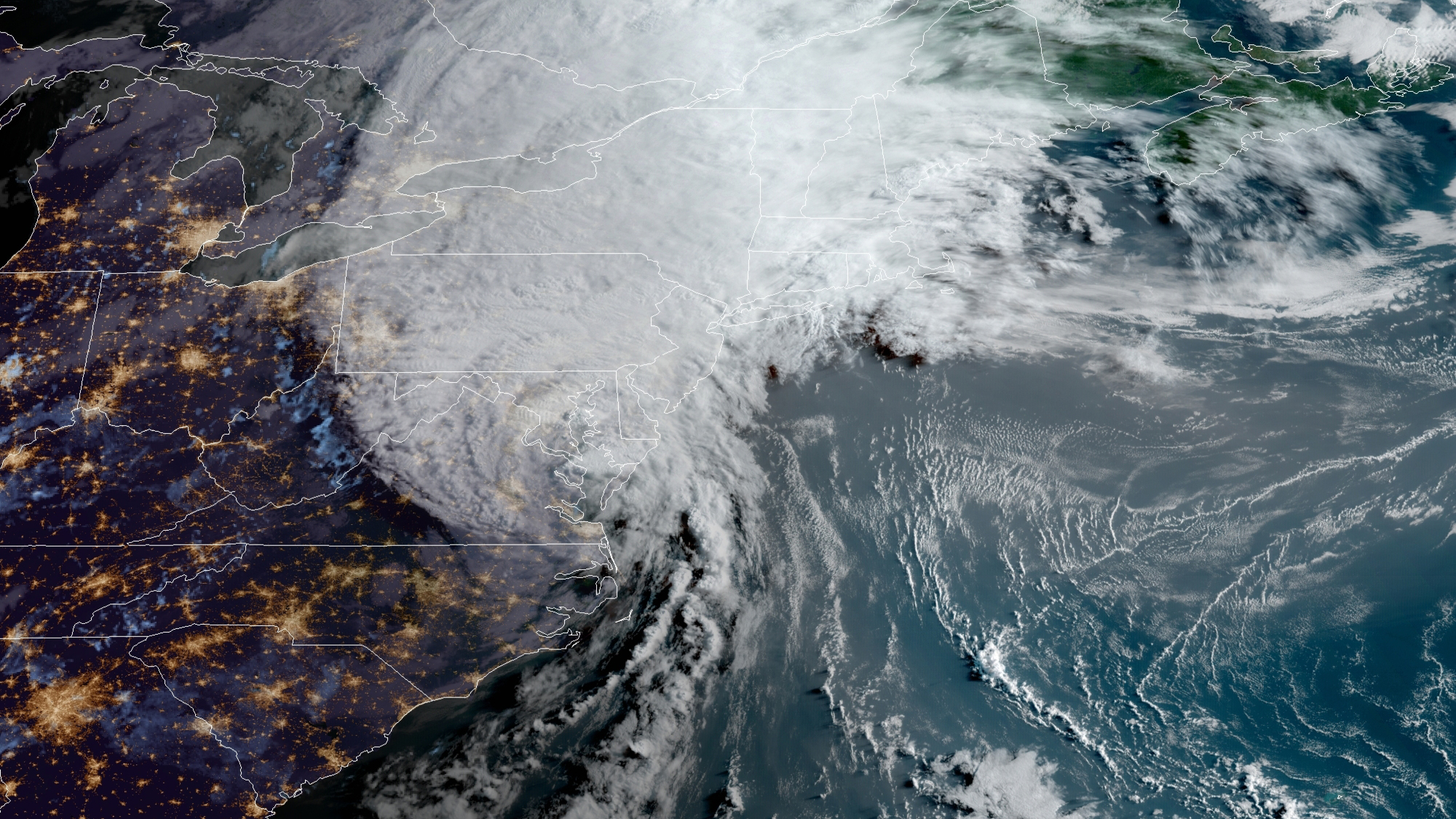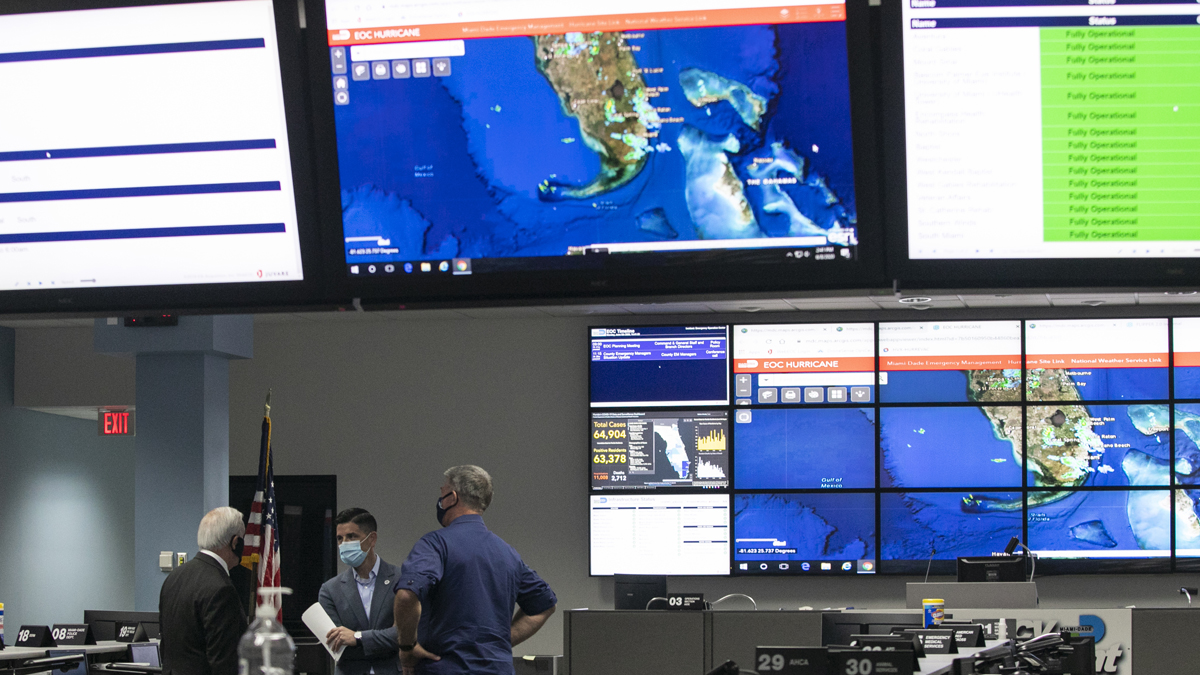
With the peak of an already overactive hurricane season on the horizon, it’s important to keep up with evacuation plans across South Florida.
Both Miami-Dade and Broward counties have created plans that provide information on evacuation zones, routes and even instructions on how to manage the spread of COVID-19 in shelters.
As a storm’s path nears South Florida, both Miami-Dade and Broward County mayors have the authority to order residents of specific “zones” to evacuate. The risk for storm surge determines which evacuation zones are at risk.
The Hurricane season is on. Our meteorologists are ready. Sign up for the NBC 6 Weather newsletter to get the latest forecast in your inbox.
In, Miami-Dade there are five evacuation zones.
If a storm becomes a Category 1 Hurricane, then residents in Zone A would be asked to evacuate. A Category 2 Hurricane would force residents in Zone B to evacuate, and a Category 3 would force Zone C to evacuate. The final two zones, D and E, are reserved for Category 4 and 5 Hurricanes respectively.
According to Miami-Dade’s Hurricane Guide, the zones are drawn using “sea, lake and overland surge from hurricanes,” and “incorporate local physical features such as geographic coastal areas, bays, rivers, water depth and bridges.”
In Broward, there are two evacuation plans.
A Category 1 or 2 Hurricane would activate Evacuation Plan A, which refers to all residents east of the Intracoastal Waterway. A Category 3 would require residents east of U.S. 1 (Federal Highway) to evacuate as well.
Both counties encourage residents who have been evacuated to stay with family members who live inland in non-evacuated areas. Evacuation centers should only be used “as a shelter of last resort.”
If you must evacuate, the counties recommend bringing the following items:
- Sleeping bag/mat or folding cot/lawn chair
- Infant and child care items, such as formula, diapers, toys, etc.
- Cash
- Personal hygiene items
- Comfort materials, such as books, magazines, etc.
- Medication (refrigeration will be available for prescription or emergency medication)
- Drinking water
- Snacks
- Extra clothing
- Special items for family members who are elderly or disabled
To prevent the spread of COVID-19 during an evacuation, Miami-Dade County has also created a plan for its shelters.
If you need to evacuate, it is important to observe the COVID-19 Preventive Measures in any evacuation center:
- Bring your mask (face covering) and keep it on at all times. Anyone over 2 years old should use a cloth face covering while at the evacuation center.
- Remember to wash your hands regularly with soap and water for at least 20 seconds.
- Bring your hand sanitizer and disinfectant wipes to disinfect frequently touched items within your assigned space at the evacuation center.
- Avoid touching your eyes, nose, and mouth.
- Keep a 6-feet distance between yourself and persons that are not part of your immediate family, remember the cloth face mask is not a substitute for social-distancing.
- Place used tissues in the trash.
To find out what your evacuation zone is in Broward and Miami-Dade County, and where to find shelter, visit each county’s hurricane guide website.



